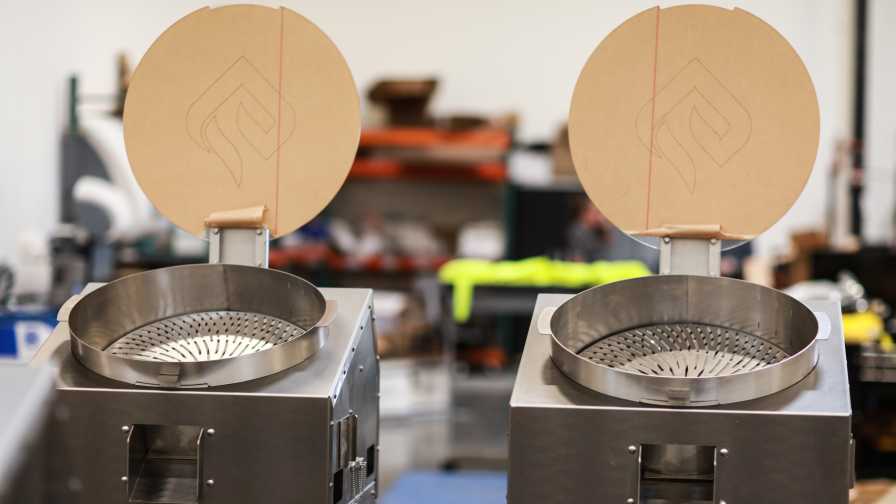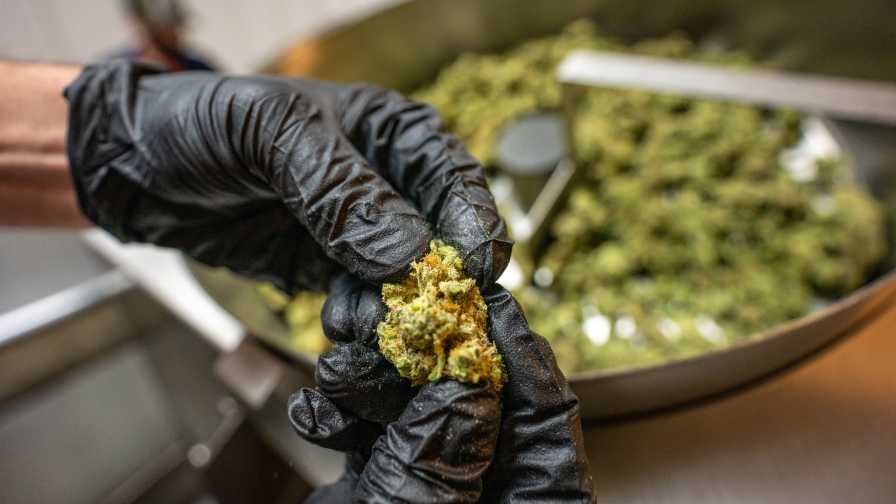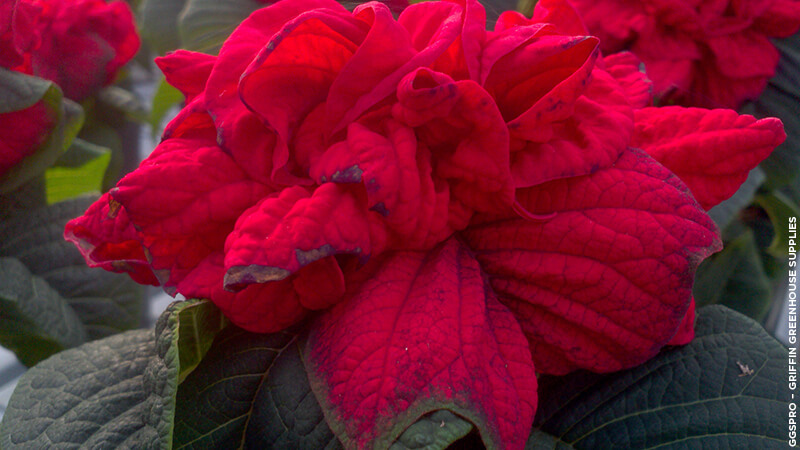An Update on Cannabis Trimming Technology
Cannabis trimming technology suppliers are constantly developing more innovative products. However, to be accepted by the growing industry, these products have to provide a solution to the current and future problems producers face, and they must be designed specifically for the cannabis market.
“Developing customizable systems is a new direction we are working in and is really the wave of the future,” says Cullen Raichart, Founder and CEO of GreenBroz, Inc., a cannabis equipment manufacturer. “Being able to give large producers a customizable assembly line-type solution that works specifically for their unique facility, which will take them from raw material all the way through to packaged, shelf-ready product, is the direction we’re going with automation.”
Mechanically, trimming equipment has pretty much stayed the same, Raichart says.
“Where we have the biggest evolution in terms of technology is upgrading electronic controls and adding external components that add value,” Raichart says. “For example, adding conveyors increases time efficiency, lessens the risk of product contamination, and allows businesses to retain a smaller number of highly trained employees.”

It may be advantageous for some growers to run multiple side-by-side trimmers, while others may need more conveyors to move material to other stations after trimming, depending on the final product, according to Cullen Raichart of GreenBroz, Inc.
Photo courtesy of GreenBroz, Inc.
Producers who are looking for more than just a trimming machine should look to systems solutions companies that can guide them in the right direction to maximize the value of their equipment spend.
“It may be advantageous for some companies to run multiple side-by-side trimmers, while others may need more conveyors to move material to other stations after trimming, depending on the final product,” Raichart says. “Some companies may be producing for the craft market and need their final flower product to have that hand-trimmed, boutique look that their target consumer is looking for. They may need to employ machine trimming at the beginning of their processing and then hand-trim to finish.”
You always need to keep your bottom line in mind, Raichart says, but the most important thing is to make sure every part of your production process adds value and does not reduce the value of the flower.
“It’s about identifying where and how much of your process can be automated — depending on which end products you are targeting — and choosing the trimmer that is gentle on the flower and preserves its value,” Raichart says.
Trimming for Airflow
One of the biggest benefits of trimming is to increase airflow, especially underneath the plants as they grow, says Jonathan Cachat, Ph.D., Director of CCV Research, a consultancy firm focused on operational best practices for cannabis companies.
When plants begin growing into each other, they become more susceptible to microbial growth because they lack the airflow they need to adequately dry. A standard airflow measurement is cubic feet per minute. Growers can use a handheld airflow meter to spot check whether they’re achieving optimal airflow and adjust their trimming techniques, when necessary. Airflow may be one of the more important key performance indicators to measure because of its impact on overall plant health.
“Greenhouses have the highest fail rates for contaminants of any other grow type,” Cachat says. “By and large, greenhouses are the ones most susceptible to those type of crop-losing catastrophes.”

Growers producing for the craft market need their final flower product to have that hand-trimmed, boutique look that their target consumer is looking for.
Photo courtesy of GreenBroz, Inc.
A Systemic Process
With the proper conditions and practices, cannabis can gain beneficial qualities even after it is cut. With this in mind, maintaining the proper practices to protect the crop during trimming is just as important as the care put into it throughout the growing season, according to Pedro Norris, an agronomist with RF Agriculture, Inc., which distributes production equipment.
“Pruning and trimming plants during the harvesting process requires focus on key factors to promote healthy plants and great quality,” Norris says. “Pruning and trimming can also be conducted before a harvest to open the canopy and increase airflow between plants by removing unnecessary leaves and stems from the plant.”
While the plants shouldn’t need to be cleaned before a pruning or trim, the equipment should be. All equipment and tools should be cleaned and sanitized prior to use in the growing area, as well as cleaning of the tools in between plants by dipping the trimmers or clippers into isopropyl alcohol. Failure to clean, Norris says, can result in the introduction of pathogens into the crop and a contamination of the growing area.
Another area of focus is in the pruning and trimming method. Pruning and trimming should be regarded as a systematic process, Norris says.
“All trimming should not be done at the same time, but rather on a fixed schedule with the removal of yellowed leaves around five days at the end of vegetative growth, and then the final stage of pruning and trimming at the time of harvest or bud/flower set,,” Norris says.
For proper trimming that is both done correctly and efficiently, it is important to incorporate the right equipment. The industry has really grown exponentially and has provided many advancements for a wider range of tools to get the job done, Norris says.
“When it comes to automation, it is important to consider the safety and comfort of the worker, as well as selecting the proper size and type of trimmer,” Norris says. “Although most growers prefer to still trim plants by hand, there have been new machines introduced to process and trim plants automatically.”
Learn more in an article posted by Norris at https://www.rfagriculture.com/news/after-harvest-plant-trimming-stations.










